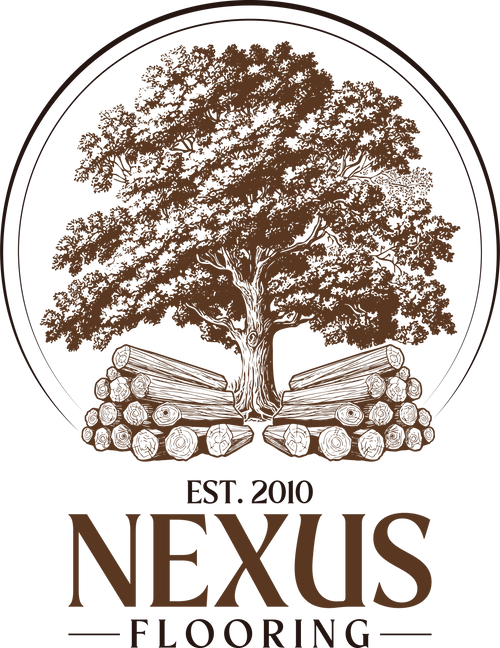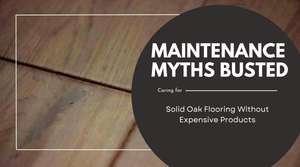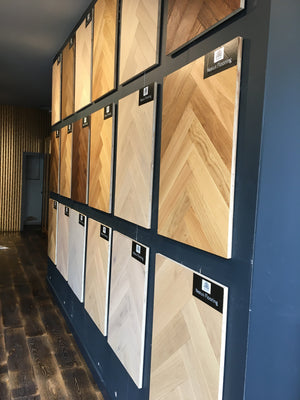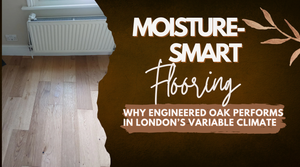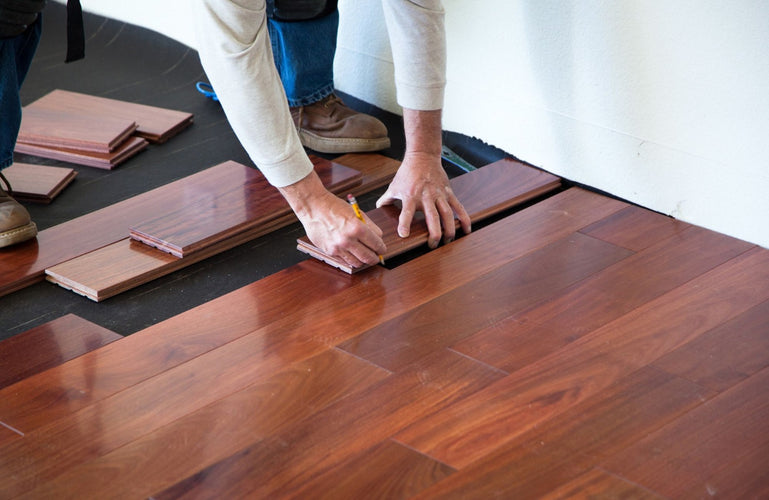Flooring is one of the most crucial decisions in building your dream home, or in a complete renovation. It affects the visual appeal of the room as well as the lasting durability, maintenance, and value. Engineered wood flooring has rapidly gained popularity over the past ten years, and rightly so. It is an excellent substitute for solid hardwood since it looks like and feels like solid hardwood but with increased stability and versatility.
Whether you are attracted to the rustic character of engineered oak or to the sophisticated sleek finish of maple or walnut, this floor is magnificently suited to contemporary homes. This must-have guide will take you through all the information required to know about engineered timber flooring, including its constitution, merits, types, installation, maintenance, and ecological benefits.
What Is Engineered Wood Flooring and How Is It Constructed?
In terms of looks, engineered wood flooring will look a lot like a solid wood floor. However, with all its character, the engineered wood floor differs greatly in terms of composition and, in return, gains so much versatility and durability.
Engineered wood flooring is basically hardwood sheathing of several millimeters of thickness (most commonly oak, maple, or walnut) glued-to-layers of quality plywood or fiberboard. With this kind of layering, the floor will be much more stable and resistant to damage by temperature or humidity than solid wood.
The thickness of the hardwood layer above can be anywhere between 0.6mm and 6mm. This then determines the number of times the flooring can be sanded and refinished throughout its lifetime. The stressed layers of the core are laid perpendicular to one another, giving strength to the board and minimizing the chances of warping or cupping.
Top Benefits of Choosing Engineered Wood Flooring
-
The Natural Aesthetic Meets Modern Technology: Engineered timber flooring delivers the same luxurious look as solid hardwood with higher functionality. Be it engineered oak flooring or walnut, the upper surface is a real wood material with timeless appeal.
-
Dimensional Stability: The cross-ply construction of engineered wood inhibits swelling, warping, and shrinking, ideally suited for areas with changing humidity and underfloor heating.
-
Ease of Installation: The flex of installing engineered hardwood flooring is fabulous, encompassing floating, glue-down, and nail-down methods, letting it be laid down on concrete subfloors too.
-
Affordability: Usually the engineered wood flooring is priced less than its solid hardwood counterparts; particularly when exotic wood species are concerned.
- Environmentally Friendly Choices: In many cases, the harvest for the wood is sustainable and the manufacture of engineered wood flooring is done through the use of recycled minerals, such that only in specific terms it may be said that it is an "environmentally friendly" choice.
Exploring the Different Types of Engineered Wood Flooring
1. By Wood Category:
- Engineered-Oak Flooring: Extremely favored because of the classic grain patterns, durability, and the warm tones.
- Maple and Walnut: For contemporary interiors with their fine grains and deep colors.
2. Depending on Construction:
- Three-Ply: Has a real wood veneer and a core layer with a stabilizing back layer. Best for light residential use.
- Multi-Ply: Multiple layers (usually 5-7) for more strength and resistance to moisture-things suitable for areas with heavy traffic.
3. Based on Finish:
- Pre-finished: One that has been finished in the factory-faster and more consistent application of finish.
- Unfinished: Customizable but requires a finished application at the site.
4. By Installation System:
- Tongue-and-Groove: Traditional and secure-they need either glue or nails.
- Click Lock or Floating: Easiest installation method; the planks simply lock into each other.
How Durable Is Engineered Wood Flooring Over Time?
Life expectancy engineered hardwood flooring largely depends upon the thickness of the top veneer and the quality of its core layers. An engineered floor of beauty with a thickly layered veneer can easily last 25 to 40 years or maybe even longer if taken care of properly.
The greater part of engineered floors may also be sanded and refinished, though not as many times as solid hardwood. A 4mm veneer can normally be sanded and refinished twice or so, which lengthens its life span and renews its look.
Finally, scratches and dents depend on the wood species used on the top layer. Oak performs very well with heavy foot traffic and furniture as it is known to be a hardwood.
Where Can Engineered Wood Flooring Be Installed in Your Home?
The greatest feature about engineered wood flooring is the versatility it allows. For solid hardwood, it is never good to be kept in a moisture-prone area. Engineered wood flooring can definitely work for almost every room in the house.
- Living Rooms and Bedrooms: Open spaces where engineered oak flooring imparts warmth and character.
- Kitchens and Basements: Due to its stability, the engineered timber does have the reputation for being moisture resistant, so it can stay through some water spills and a humid environment.
- Bathrooms: When well sealed and ventilated, engineered wood can be used in powder rooms and guest bathrooms, but certainly not in wet rooms.
- Radiant Heat System: The dimensional stability of engineered wood is an added benefit; it would, therefore, work very well on such underfloor heating systems, while solid wood might go out of shape.
How Is Engineered Wood Flooring Installed?
Different methods of installation are offered for engineered hardwood flooring, depending on the type of subfloor and personal preference. Some of them are:
1. Floating Installation (Click-Lock System):
- Great DIY project.
- No glue or nails required.
- Planks simply "float" over an underlayment.
2. Glue-Down Installation:
- Very firm, secure hold.
- Works best for concrete subfloors.
- More skilled and requires professional tools.
3. Nail or Staple-Down Installation:
- Traditional method for installation over plywood subfloors.
- Requires special tools and knowledge.
Pro Tip: Engineered wood floors should always be acclimated for a minimum of 48 hours to the temperature and humidity of the room where they are going to be installed.
Tips for Cleaning and Maintaining Engineered Wood Flooring
A very small tune-up will go a long way toward ensuring long life and performance from engineered wood flooring:
- Sweep or vacuum regularly: Avoid contamination of the floor surface by dust and debris that scratch the surface.
- Mop with a Damp Cloth: Avoid excess water as moisture will seep into the layers and damage them.
- Avoid Using Harsh Cleaners: Use mild, pH-neutral cleaning products or products recommended by the manufacturer.
- Put Rugs and Furniture Pads: Prevent undue wear and surface scratches in high-traffic areas.
- Refinish When Needed: Only if the floor has enough veneer thickness for sanding and refinishing.
Is Engineered Wood Flooring a Sustainable Choice?
In today's eco-friendly fashion, engineers' wood is used as a substitute for solid hardwood. Here are the reasons why:
- Efficient Utilization of Timber: Engineered wood uses less hardwood per plank, thereby maximizing the utilization of a resource.
- Sustainable Materials for the Core: Most of them are manufactured from fast-growing/renewable species, for instance, eucalyptus or birch.
- Certifications: Need FSC (Forest Stewardship Council) or PEFC certification for the wood to be considered responsibly sourced.
- Low-VOC Finish: Many engineered wood floors are now being finished with low-VOC or VOC-free finishes to ensure good indoor air quality.
Final Thoughts
From natural beauty, durability, easy installation, and a better environment to the engineered wood flooring, it has the best choices for your home. Whether installing engineered oak flooring in your living room or engineered timber flooring in the basement, this modern solution to solid hardwood offers classical beauty minus, however, with all the disadvantages.
Ready to transform your home? With this guide, you’re well-equipped to make an informed, confident decision when choosing engineered hardwood flooring for your space.
